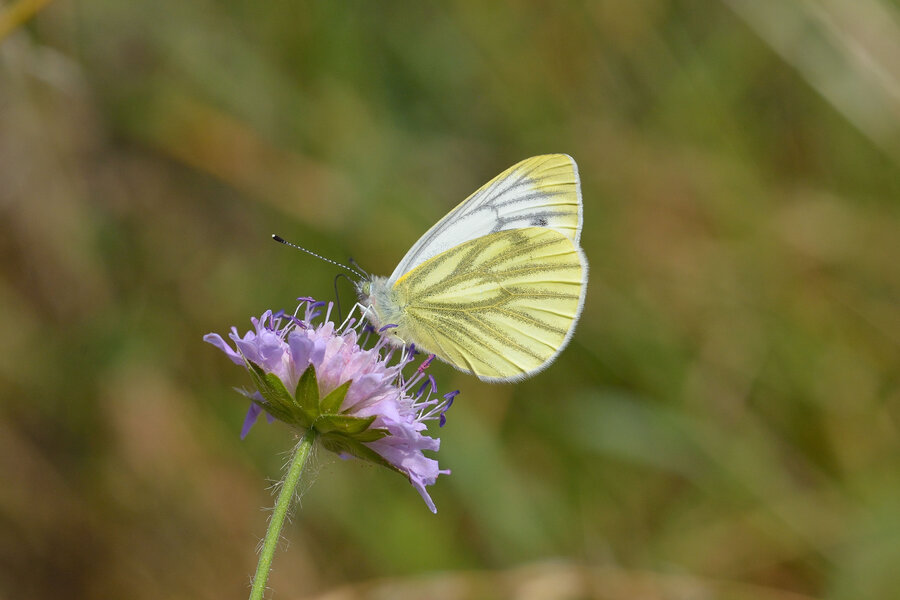These six butterflies could disappear forever
Loading...
The situation is dire for drought-sensitive butterflies in Britain, but with a little help from humans, it may not yet be too late.
Cutting greenhouse gas emissions, as well as better management of landscapes – in particular restoring connections between habitats that have been fragmented by human activities – could make a big difference in preventing butterfly extinctions, which otherwise could occur in Britain as early as 2050, a new study in the journal Nature Climate Change has found.
“The results are worrying. Until I started this research, I hadn't quite realised the magnitude and potential impacts from climate change,” Tom Oliver, an ecological modeler at Britain's Centre for Ecology & Hydrology and the study’s lead author, said in a statement. “To limit these losses, both habitat restoration and reducing CO2 emissions have a role. In fact, a combination of both is necessary.
“The study looked at butterflies but the conclusions are potentially valid for other species such as birds, beetles, moths and dragonflies,” he added.
Three-quarters of British butterflies are in decline today, according to the British nonprofit Butterfly Conservation. More than their aesthetic value, butterflies and moths are indicators of a wide variety of other invertebrates present in an ecosystem and are an important element of both pollination and the food chain.
In addition, “We could lose an astonishing fraction of biodiversity," Jessica Hellmann, a population ecologist at the University of Notre Dame who was not part of the study, told The Verge. "People should care about this information because [the study] uses butterflies as a window to how climate change will affect creatures – many of which we take for granted."
Oliver and his team analyzed data from 129 sites at which 28 butterfly species are tracked via the UK Butterfly Monitoring Scheme, which has monitored changes in butterfly numbers throughout the United Kingdom since 1976, as well as historical weather data. In looking at the impact on the different species of an extreme drought event in 1995 – the most arid summer since records began in 1776 – the researchers identified six types of butterflies most sensitive to heat. Among the species at risk are the large skipper, the speckled wood, the green-veined white, the cabbage white, the ringlet, and the carbon white butterflies.
They then analyzed what might happen to the butterflies in different levels of warming and greenhouse gas emissions up to the year 2100. In a scenario in which emissions continue at today’s levels and warming increases, the researchers found that extinction could begin by 2050.
“We looked at the extent to which populations crashed from the drought and how long it takes them to recover,” Dr. Oliver told the BBC. “What we're asking is, as droughts become more frequent whether the return time of the drought was more frequent than the recovery of the butterflies. And when that was the case you'd get this gradual population erosion and in those places you'd get local extinctions.”
The only way to reduce those effects would be to combine efforts at improving landscape management – restoring butterfly habitats that have been splintered by agriculture, logging, and deforestation, and urbanization – and cutting greenhouse gas emissions, according to the researchers.
“We’re essentially already locked into a significant degree of climate warming,” Oliver told The New York Times. “Even if we are able to reduce this, we still need to actually improve the quality of our habitats.”






